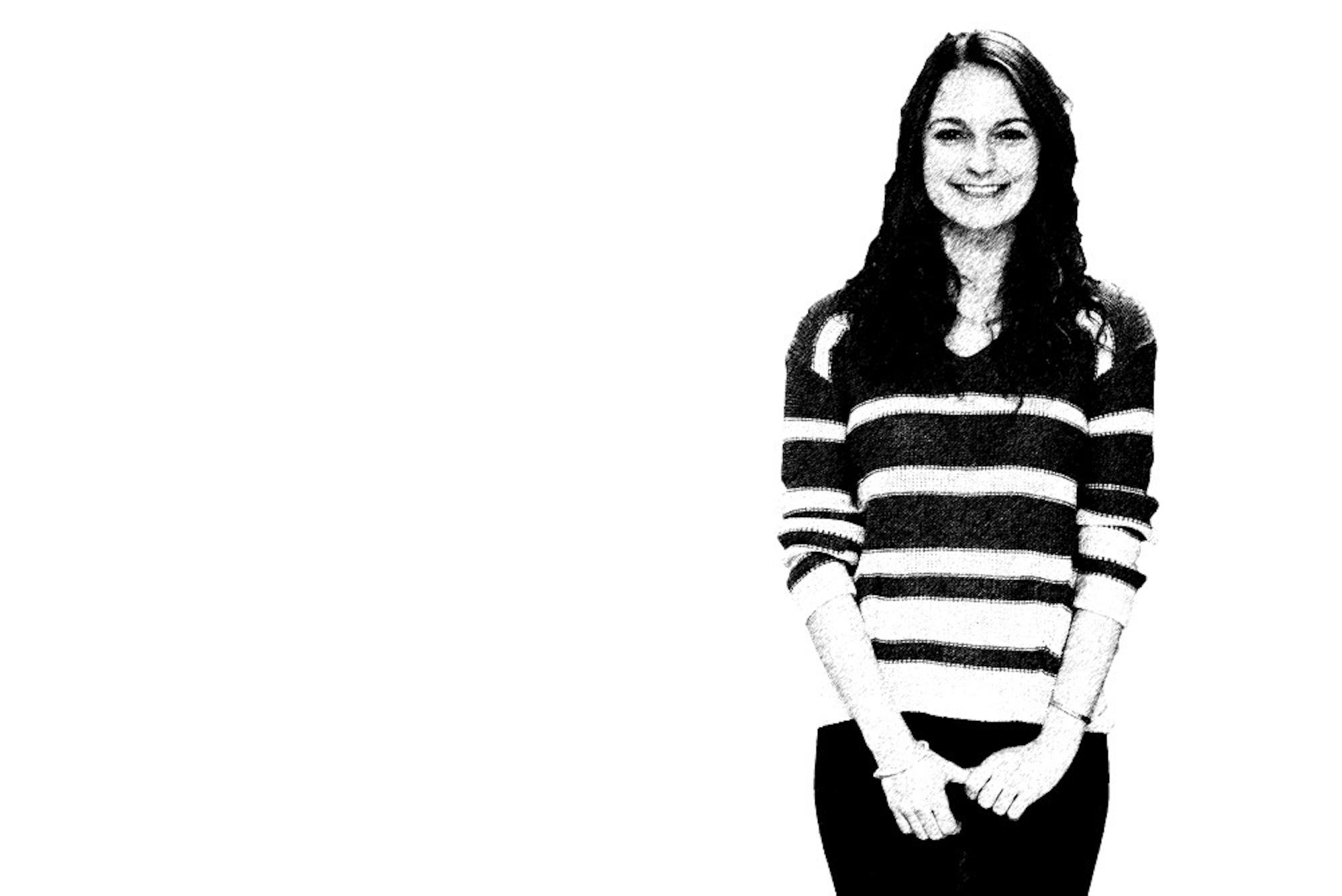Levers switch, gears churn and bolts slide. The mechanical clicks of Arthur Ganson’s unique creations fill the exhibition space. Differing from the eerie stillness of a typical museum setting, the MIT Museum is infused with an atmosphere of kinetic activity. I found myself entranced by the feats of gestural engineering, a medium that starkly diverges from the primary source of my captivation, 19th century European art. The MIT Museum is characterized by the tech nature that permeates -- and often defines -- its parent institution. However, the museum's collection also showcases the artistic side of science and innovation. Essentially, the museum successfully proves that technological innovation is art. Science is simply a beautiful adaptation, a progression in the history of art.
I entered the museum open-minded, with the intention of viewing the photographic exhibit “Images of Discovery.” However, I found the true synthesis between art and technology to be in the avant-garde sculptures of Arthur Ganson. Using the artistic medium to highlight scientific achievements, Arthur Gason’s sculptures were artistic and scientific achievements in themselves. Motivated by a series of levers and pulleys, the works jolted into motion, firing a series of connected actions and subsequent reactions.
Ganson’s sculptures can be broken down into their separate objective and subjective components. The works thus develop dual interpretations. When stationary, a mechanical sculpture can be interpreted by one as a product of its components. Yet it can also be viewed as a product of carefully calculated and composed motion that achieves this synthesis of form and function only when stimulated. Furthermore, the work can also be celebrated for the inspiration behind its creation, championed for the spirit of its creator’s vision. Thus, if one considers the multi-faceted ways one of Ganson’s machines can be interpreted, it becomes clear that they hold value that is aesthetic as well as purely mechanical.
In this light, Ganson’s creations, or, as I would term them, "mechanical sculptures," are fanciful imaginations translated into tangible forms. The seemingly superfluous wires, bolts, screws and levers, work in tandem to power a simple movement. His insightful combination of these components references his artistic nature. This emphasis on creativity is akin to the mobiles and stabiles created by Alexander Calder, another artist famous for his fusion of technology and art.
Calder, like Ganson, was interested in the sublime balance of unexpected elements.Aided by the gentle forces of gravity, each individual component contributes the the mobiles' harmonious motion.While each creation is unique, all of Calder’s mobiles are infused with a common kinetic energy.Even his stabiles, non-moving monumental sculptures, are dynamic. Even though these artists have many commonalities, their works are viewed with different lenses. Calder’s mobiles are foremost referred to as artistic creations, while Ganson’s sculptures are primary referenced as mechanical creations.
Going back to the Ganson exhibition at the MIT Museum, I was astounded by the artistic creativity that characterized Ganson’s works and infused the space. His smaller works, such as "Thinking Chair" (2002), were each imbued with symbolic weight. Many of his works parodied popular culture, featuring tiny chairs, baby dolls, walking wishbones and miniature men. Wavering between laughing and serious contemplation, I was thoroughly engaged throughout the exhibit.
Arthur Ganson’s exhibit on gestural engineering is a feature of the museum’s permanent collection.Open 10:00 a.m.-5:00 p.m. daily, the museum charges a $5 admission fee for visiting students, a minimal charge that I believe is well worth paying. For those interested, I also encourage you to listen to Arthur Ganson’s TED talk online. His work is stimulating, prompting one to reconsider the arbitrary divides between science and art, creativity and design and static and dynamic creations.
MIT's mechanical sculptures

Emily Gruzdowich is a sophomore majoring in Art History and Political Science.





